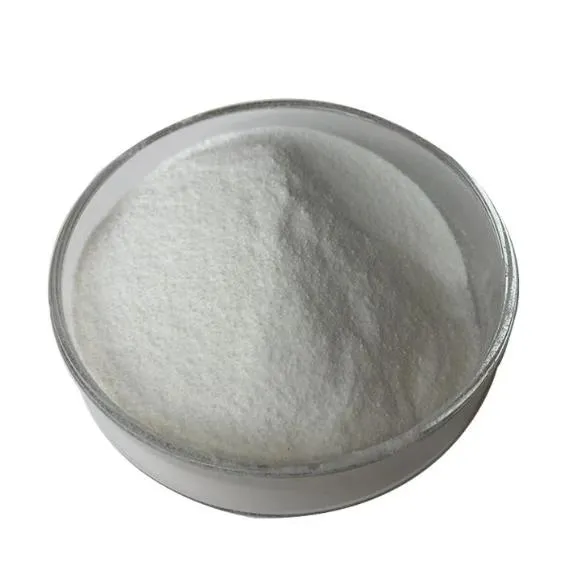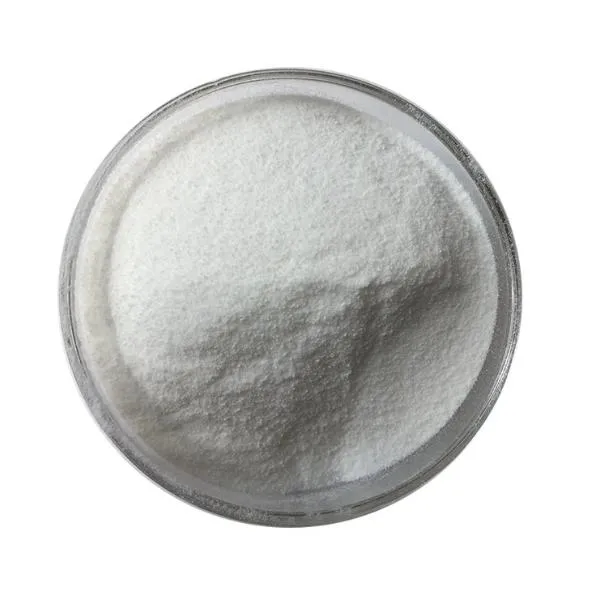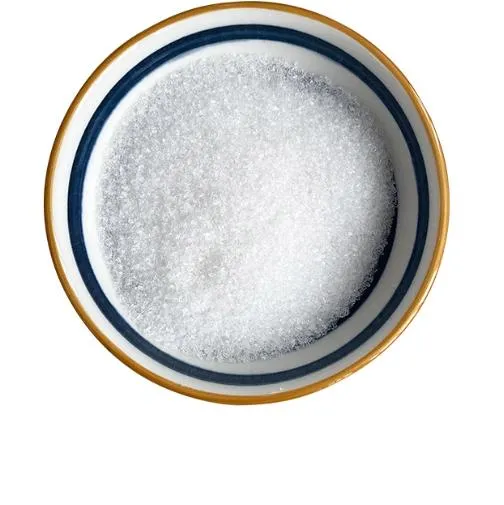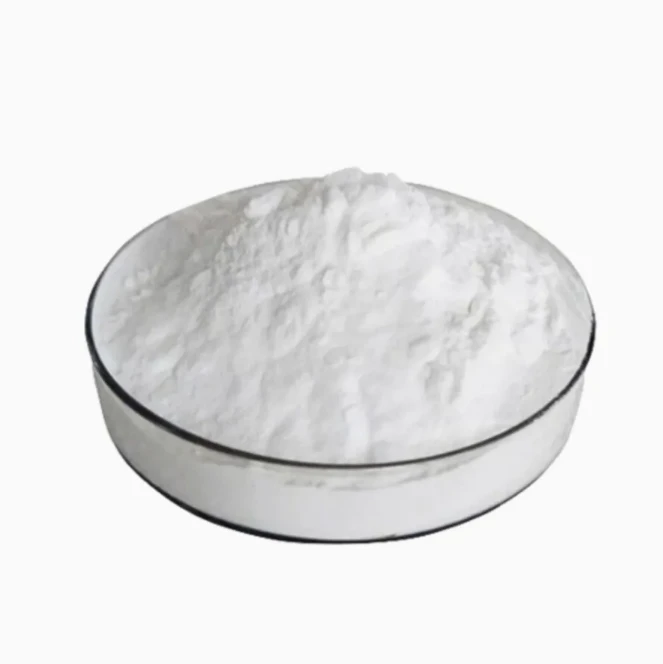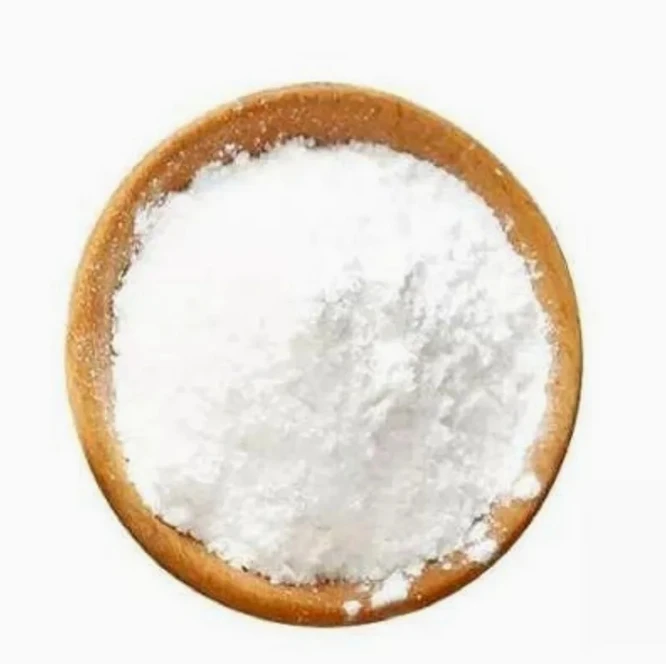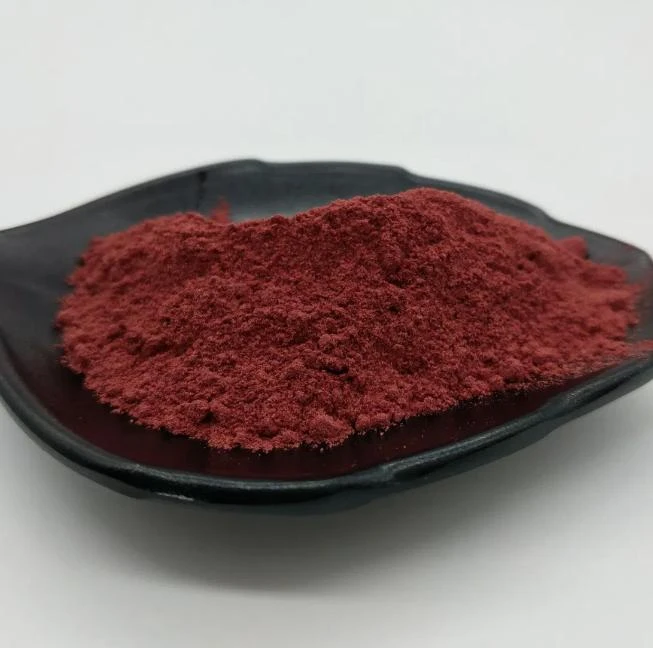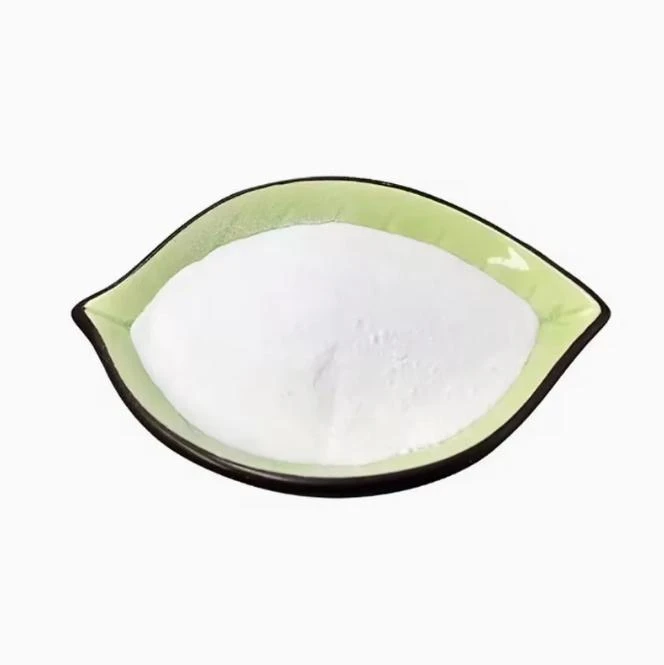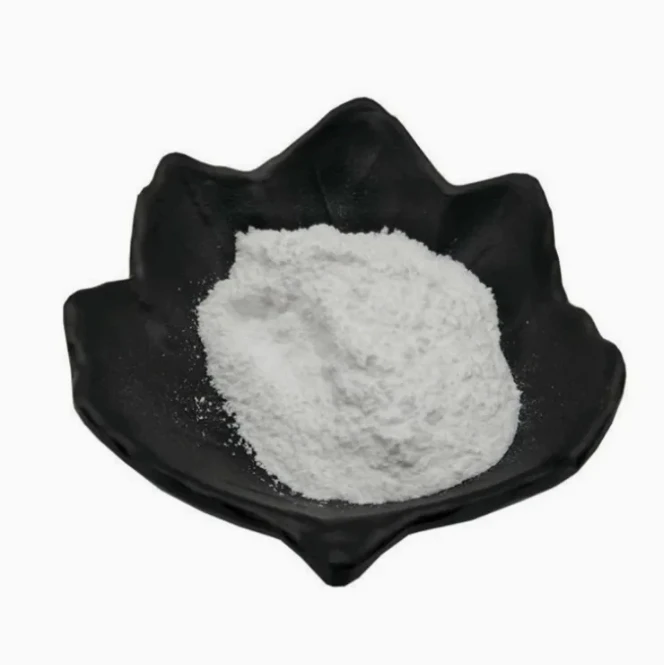Warning: Undefined array key "file" in /home/www/wwwroot/HTML/www.exportstart.com/wp-content/themes/1198/header.php on line 7
Warning: Undefined array key "title" in /home/www/wwwroot/HTML/www.exportstart.com/wp-content/themes/1198/header.php on line 7
Warning: Undefined array key "title" in /home/www/wwwroot/HTML/www.exportstart.com/wp-content/themes/1198/header.php on line 7
- Afrika
- Albania
- Amharic
- Arabic
- Armenian
- Azerbaijani
- Basque
- Belarusian
- Bengali
- Asụsụ Bosnia
- Bulgarian
- Catalan
- Cebuano
- China
- China (Taiwan)
- Corsican
- Asụsụ Croatia
- Czech
- Danish
- Dutch
- Bekee
- Esperanto
- Estonia
- Asụsụ Finnish
- French
- Onye Frisian
- Onye Galisi
- Asụsụ Georgian
- German
- Grik
- Gujarati
- Haitian Creole
- hausa
- Hawaian
- Hibru
- Mba
- Miao
- Asụsụ Hungarian
- Aislandi
- igbo
- Asụsụ Indonesian
- Irish
- Ịtali
- Japanese
- Asụsụ Javanị
- Kannada
- kazakh
- Khmer
- Onye Rwandan
- Korean
- Kurdish
- Kyrgyz
- TB
- Latịn
- Latvia
- Lithuania
- Luxembourgish
- Masedonia
- Malgashi
- Malay
- Malayalam
- Malta
- Maori
- Marathi
- Mongolian
- Myanmar
- Nepali
- Norwegian
- Norwegian
- Occitan
- Pashto
- Asụsụ Persia
- Polish
- Portuguese
- Punjabi
- Romanian
- Russian
- Samoan
- Scottish Gaelic
- Asụsụ Serbian
- Bekee
- Shona
- Sindhi
- Sinhala
- Slovak
- Slovenian
- Somali
- Spanish
- Asụsụ Sudan
- Swahili
- Swedish
- Tagalog
- Tajik
- Tamil
- Tatar
- Telugu
- Thai
- Turkish
- Turkmen
- onye Ukraine
- Urdu
- Uighur
- Uzbek
- Vietnamese
- Welsh
- Enyemaka
- Yiddish
- Yoruba
- Zulu
Maltitol Powder
Maltitol is a colorless and transparent crystal, easily soluble in water and insoluble in methanol and ethanol. Maltitol is a new type of sweetener that is widely used in sugary food processing. In the past, the sweeteners consumed by people were basically high-calorie, sweet sugars, which can easily cause diseases such as diabetes, obesity, arteriosclerosis, and heart failure. Maltitol has high sweetness, low calories, good safety, sufficient raw materials, simple manufacturing process, and unique properties that other sweeteners do not have
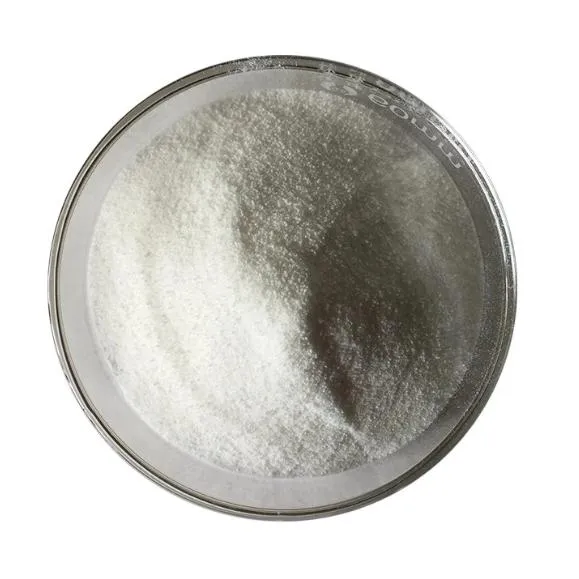
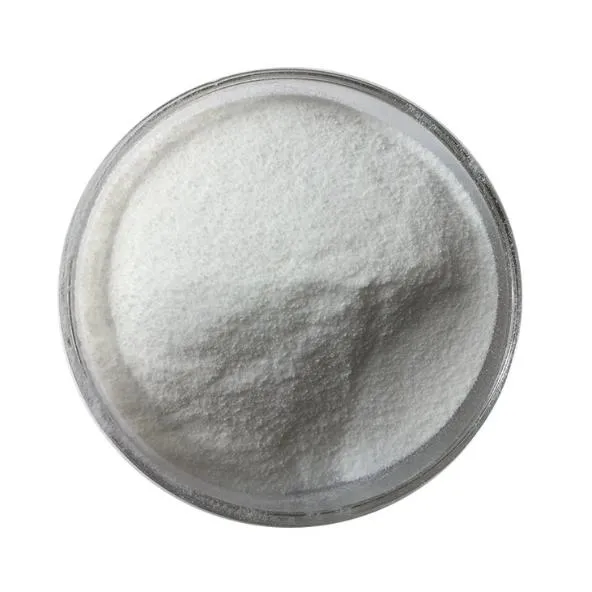
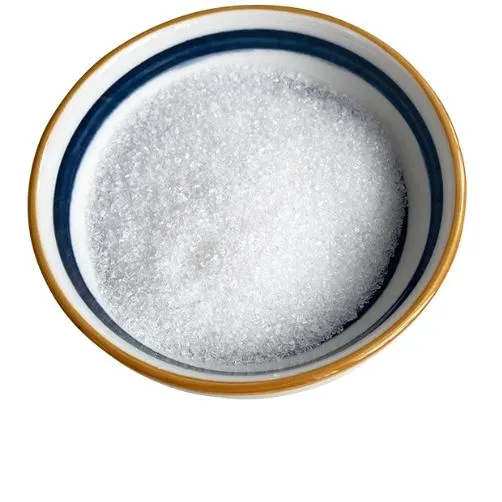
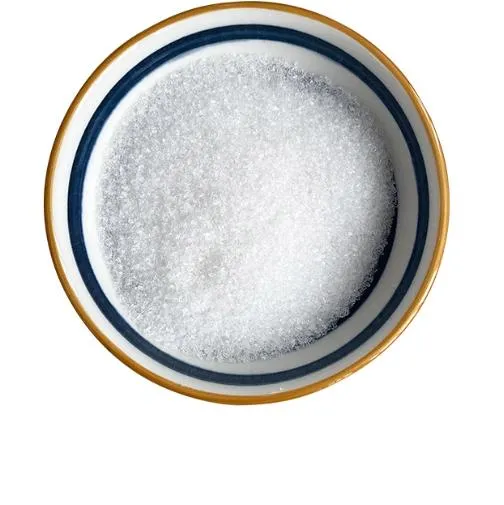
1. Anti-aging:
Decreased immune function of increasing age is the result of free radicals and free radical reactions, coenzyme Q10 as a powerful antioxidant alone or in combination with Vitamin B6 (pyridoxine) in combination inhibited the free radicals and cell receptors on immune cells differentiation and activity of microtubule associated modification system, strengthen the immune system, delay aging.
2. Anti-fatigue acute and chronic fatigue syndrome (CFS):
Body of non-specific immune enhancer, so show excellent anti-fatigue effects, coenzyme Q10 cells to maintain a good health condition, so the body is full of vitality, energy, brain abundant.
3. Beauty:
Long-term use of coenzyme Q10 to prevent aging skin and light to reduce wrinkles around the eye, as coenzyme Q10 can penetrate into the skin growth layer of oxidation of reduced photon in tocopherol can start the help of specific phosphorylation of tyrosine kinase to prevent oxidative damage to DNA, inhibition of UV irradiation of human dermal fibroblast collagenase expression, protect the skin from injury, has significant antioxidant, anti-aging effect.
4. Coenzyme Q10 for the adjuvant treatment of clinical disease following
Cardiovascular diseases, such as: viral myocarditis, chronic cardiac insufficiency. Hepatitis, such as: viral hepatitis, subacute hepatic necrosis, chronic active hepatitis. Comprehensive treatment of cancer: can reduce the radiation and chemotherapy cause some side effects.
1.Food Industry
(1) Maltitol is relatively stable to heat and acid, and its viscosity is 2 times greater than xylitol and sorbitol. Therefore, maltitol can be widely used in sugar-free fillings and sugar-free foods instead of sucrose.
(2) Sugar alcohols are effective emulsifiers and foaming agents for cakes and creams. Taking advantage of the emulsification stability of sugar alcohols, the oil and water-based emulsified margarine produced is not only of high quality, but can also be used in food production to make food produce It has a greasy feel, so maltitol is used as a fat substitute to produce low-calorie foods. (3)Used in processing chewing gum, candies, pastries, beverages, and food for children and the elderly, etc. It can promote the
body's absorption of calcium and prevent dental caries and age-related diseases.
(4) Maltitol has a soft and pure sweetness, does not color when heated at high temperatures, does not cause Maillard reaction when heated with amino acids, and is suitable for processing high-end sugar. In addition, maltitol has excellent color protection effect and is used to process preserved fruits, jelly, pickles, etc., and can extend the shelf life of fruits and vegetables. (5) Maltitol has good moisturizing properties and is non-fermentable. It can be used in bread and pastries to extend the shelf life.
2. Cosmetics industry
Since maltitol has good hygroscopicity and moisturizing properties, it can be used as a certain ingredient in cosmetics and as a moisture regulator.
Anyị nwere ọtụtụ ụlọ ọrụ dị elu nke nwere nkwado miri emi, nke nwere ike inye gị ngwaahịa dị elu na ọnụ ahịa asọmpi. Anyị nwekwara ike inye ego maka nnukwu ịzụrụ ihe. Anyị na-akwado ọtụtụ ụlọ ọrụ na-ebuga ibu ndị ọkachamara, nwere ike ịnapụta ngwaahịa n'enweghị nsogbu na aka gị. Oge nnyefe bụ ihe dịka ụbọchị 3-20 mgbe nkwenye nke ịkwụ ụgwọ gasịrị.
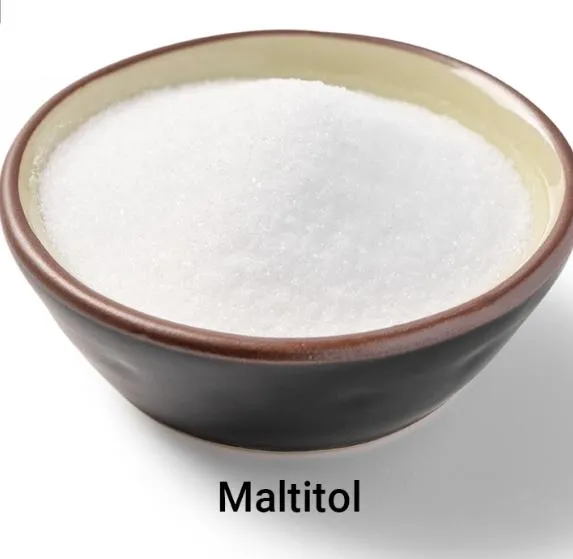
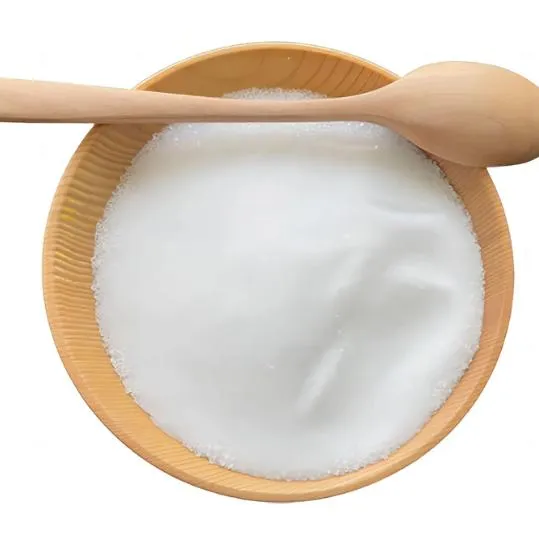
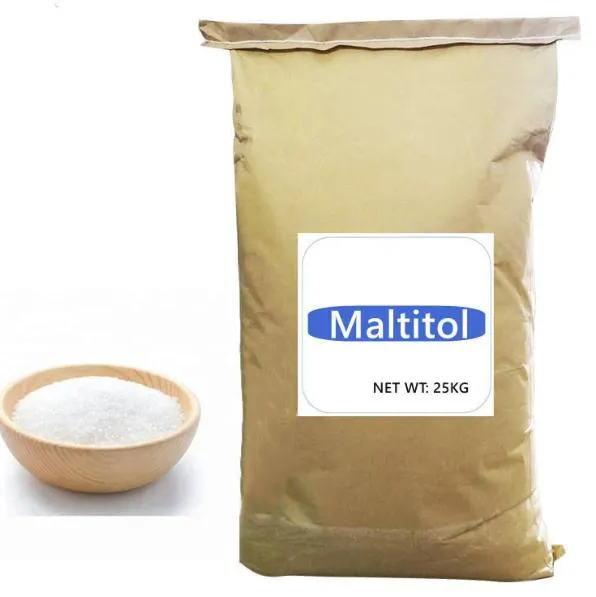

|
ANALYSIS
|
Nkọwapụta
|
Nsonaazụ
|
|
Ọdịdị
|
Ọcha ntụ ntụ |
Na-akwado
|
|
Isi
|
Characteristic
|
Na-akwado
|
|
Tasted
|
Characteristic
|
Na-akwado
|
|
Nyocha
|
99%
|
Na-akwado
|
|
Sieve Analysis
|
100% pass 80 mesh
|
Na-akwado
|
|
Ọnwụ na ihicha
|
5% Max.
|
1.02%
|
|
Sulphated Ash
|
5% Max.
|
1.3%
|
|
Extract Solvent
|
Ethanol & Water
|
Na-akwado
|
|
Heavy Metal
|
5ppm Max
|
Na-akwado
|
|
Dị ka
|
2ppm Max
|
Na-akwado
|
|
Residual Solvents
|
0.05% Max.
|
Ihe ọjọọ
|
|
Microbiology
|
|
|
|
Ngụkọta ọnụ ọgụgụ efere
|
1000/g Max
|
Na-akwado
|
|
Yeast & Mold
|
100/g Max
|
Na-akwado
|
|
E.Coli
|
Ihe ọjọọ
|
Na-akwado
|
|
Salmonella
|
Ihe ọjọọ
|
Na-akwado
|
Maltitol is a new type of sweetener, which is widely used in sugar-flavored food processing. In the past, the sweeteners consumed by people were basically high-calorie, high-sweet sugars. Maltitol has high sweetness, low calories, good safety, sufficient raw materials, simple manufacturing process, and unique properties that other sweeteners do not have.
Main properties of maltitol:
1.With gentle sweet, its sweetness is 0.8-0.9 that of saccharose;
2.Has high degree of moisture retention, certain degree of consistency and is hard to ferment;
3.Has high emulsion stability, can partly replace fat;
4.Low calorie.
Main applications of Maltitol:
1.Used in sweets such as chewing gum, hard candy, especially suitable for use in chocolate;
2.Used in fruit juice drinks, especially for suspended beverage;
3.Used in frozen foods such as ice cream, can increase sweetness, and extend shelf life.
Ụdị ngwaahịa
-
 May . 23, 2025O-Vanillin: A rising star in the flavors and fragrances industryIn recent months, ortho-vanillin has emerged as a key player in the flavoring and fragrance space, attracting the attention of many manufacturers and consumers. This vanillin derivative is gaining popularity due to its unique properties and versatility in a variety of applications.
May . 23, 2025O-Vanillin: A rising star in the flavors and fragrances industryIn recent months, ortho-vanillin has emerged as a key player in the flavoring and fragrance space, attracting the attention of many manufacturers and consumers. This vanillin derivative is gaining popularity due to its unique properties and versatility in a variety of applications. -
 May . 13, 20252025 European Fine Chemicals Exhibition in GermanyThe much-anticipated Fine Chemicals Europe 2025 will be held in Germany from June 4 to 5, 2025. The event will bring together industry leaders, innovators and stakeholders in the fine chemicals sector, providing a unique platform for networking, collaboration and showcasing the latest advances in the field.
May . 13, 20252025 European Fine Chemicals Exhibition in GermanyThe much-anticipated Fine Chemicals Europe 2025 will be held in Germany from June 4 to 5, 2025. The event will bring together industry leaders, innovators and stakeholders in the fine chemicals sector, providing a unique platform for networking, collaboration and showcasing the latest advances in the field. -
 May . 07, 20252025 New York Cosmetics Ingredients ExhibitionThe much-anticipated 2025 Cosmetics Ingredients New York will be held at the Javits Center in New York from June 3 to 4, 2025. This event will bring together industry leaders, innovators and enthusiasts from all over the world to discuss the latest trends and advances in the field of cosmetic ingredients.
May . 07, 20252025 New York Cosmetics Ingredients ExhibitionThe much-anticipated 2025 Cosmetics Ingredients New York will be held at the Javits Center in New York from June 3 to 4, 2025. This event will bring together industry leaders, innovators and enthusiasts from all over the world to discuss the latest trends and advances in the field of cosmetic ingredients.


